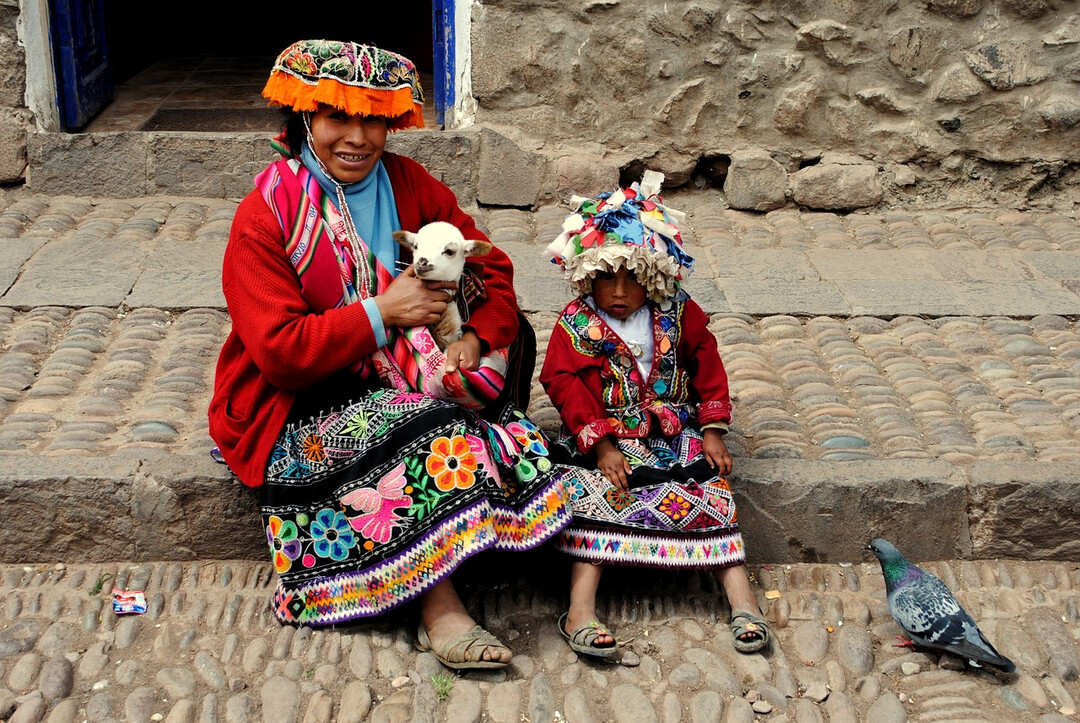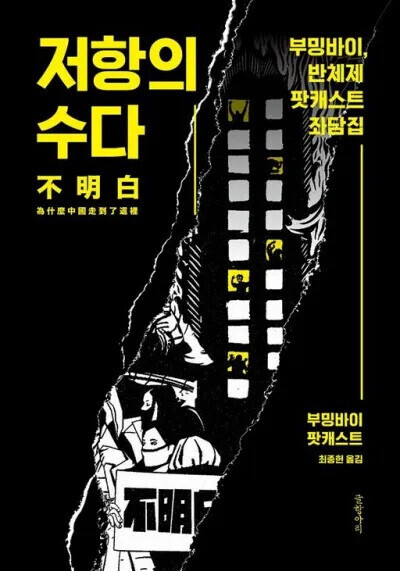
Peru has emerged as a regional leader in combating inflation, a feat recognized by the World Bank. The country's success is attributed to sound monetary and fiscal policies, which have culminated in the lowest inflation rate in over two decades. This achievement marks a significant milestone in Peru's economic history, demonstrating the pivotal role of economic discipline in fostering prosperity and attracting foreign investment.
The central bank's rigorous adherence to inflation-targeting policies has been instrumental in anchoring inflation expectations. Coupled with prudent debt management and a balanced fiscal stance, these measures have contributed to Peru's economic stability. However, the challenge lies in sustaining these gains amid a politically volatile environment.
While low inflation is a crucial indicator of economic health, it is not the sole determinant of overall well-being. To ensure inclusive and sustainable growth, Peru must address pressing issues such as poverty, inequality, and high levels of informal employment. Diversifying the economy, fostering innovation, and improving education and healthcare are essential to building on the gains made in inflation control.
The private sector is poised to play a pivotal role in Peru's future economic development. Low inflation creates a conducive environment for investment by reducing borrowing costs and boosting market confidence. To fully capitalize on these advantages, Peru must implement policies that simplify bureaucratic procedures, combat corruption, and strengthen the rule of law.
In conclusion, Peru's success in taming inflation is commendable, but it is also a responsibility. To build a more equitable and prosperous future, policymakers must recognize that low inflation is a means to an end, not an end in itself. By maintaining economic stability, promoting inclusive growth, and fostering a business-friendly environment, Peru can solidify its position as a regional leader.
[Copyright (c) Global Economic Times. All Rights Reserved.]





























